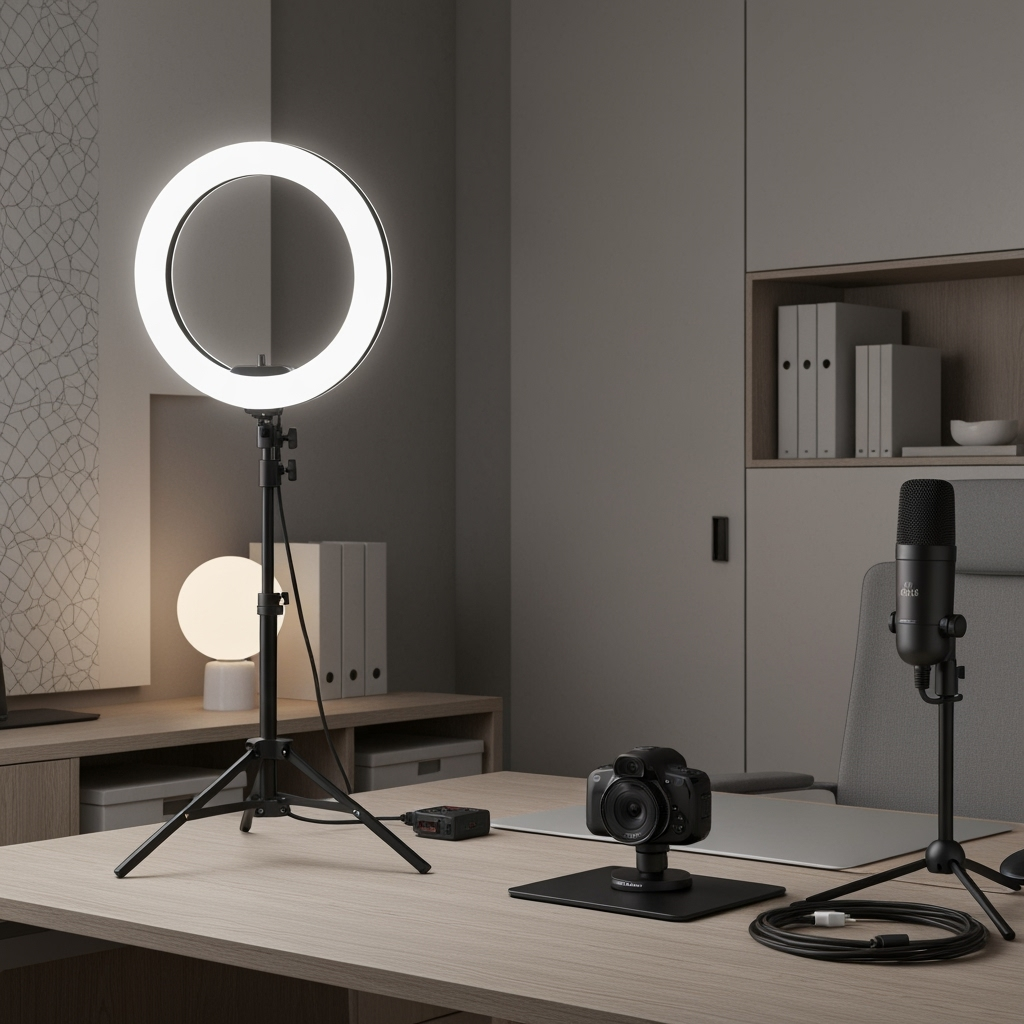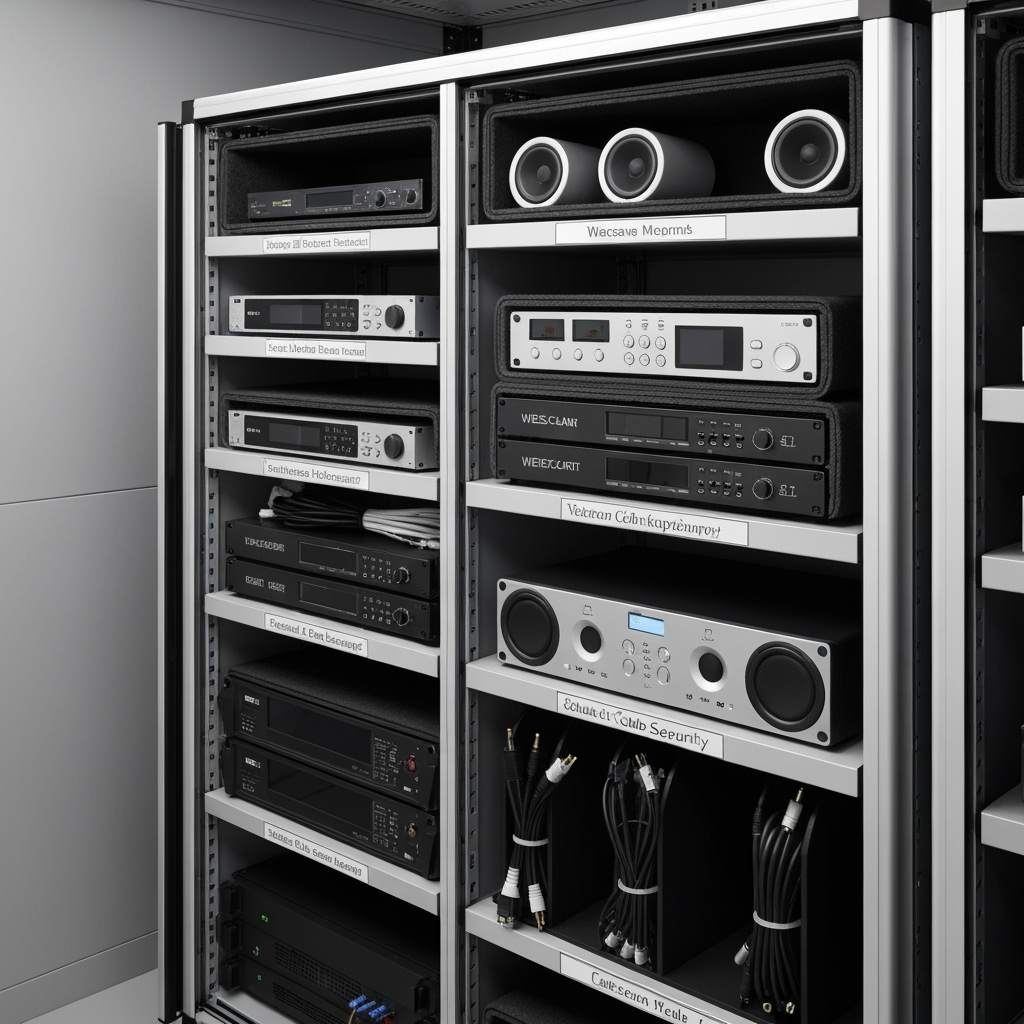Why Proper Storage Matters for Video Conferencing Equipment
As remote work becomes increasingly permanent, maintaining professional-grade video conferencing equipment has become essential. Proper storage not only protects your investment but ensures you’re always ready for important virtual meetings. This guide will help you create an organized, efficient storage system for your video conferencing setup.

Essential Components of Video Conferencing Equipment Storage
A complete video conferencing setup typically includes multiple pieces of equipment that require careful storage consideration:
- Webcams and cameras
- Microphones and audio interfaces
- Ring lights and lighting equipment
- Cables and connectors
- Backdrops and green screens
- Mounting equipment and stands
Climate-Controlled Storage Solutions
Electronic equipment is sensitive to temperature and humidity fluctuations. Consider these storage requirements:
- Maintain consistent temperature between 65-75°F
- Keep humidity levels between 45-55%
- Avoid direct sunlight exposure
- Use dehumidifiers in storage areas if needed

Organizing Your Equipment
Create an efficient storage system with these organization strategies:
- Use labeled containers for different equipment categories
- Implement cable management solutions
- Create a dedicated storage area within your home office
- Use protective cases for sensitive equipment
- Maintain an inventory system
Professional Storage Tips
Follow these best practices to maintain your equipment:
- Clean equipment before storing
- Use silica gel packets to prevent moisture damage
- Store cables properly coiled
- Keep original packaging for valuable items
- Create a maintenance schedule
Storage Solutions for Different Home Office Sizes
Adapt these storage solutions based on your available space:
- Wall-mounted storage systems
- Under-desk storage units
- Mobile storage carts
- Vertical storage solutions
- Built-in cabinet systems
Security Considerations
Protect your investment with these security measures:
- Lock valuable equipment when not in use
- Keep inventory records with serial numbers
- Consider insurance for expensive equipment
- Use surge protectors for stored electronic equipment
Daily Access vs. Long-Term Storage
Organize your storage based on frequency of use:
- Keep daily-use items easily accessible
- Store backup equipment in climate-controlled areas
- Rotate equipment to prevent dust accumulation
- Create a check-in/check-out system for shared equipment
Conclusion
Proper storage of video conferencing equipment is crucial for maintaining professional remote work capabilities. By implementing these storage solutions and best practices, you can protect your investment while ensuring your equipment is always ready for use. Remember to regularly review and update your storage system as your equipment needs change.










Leave a Reply